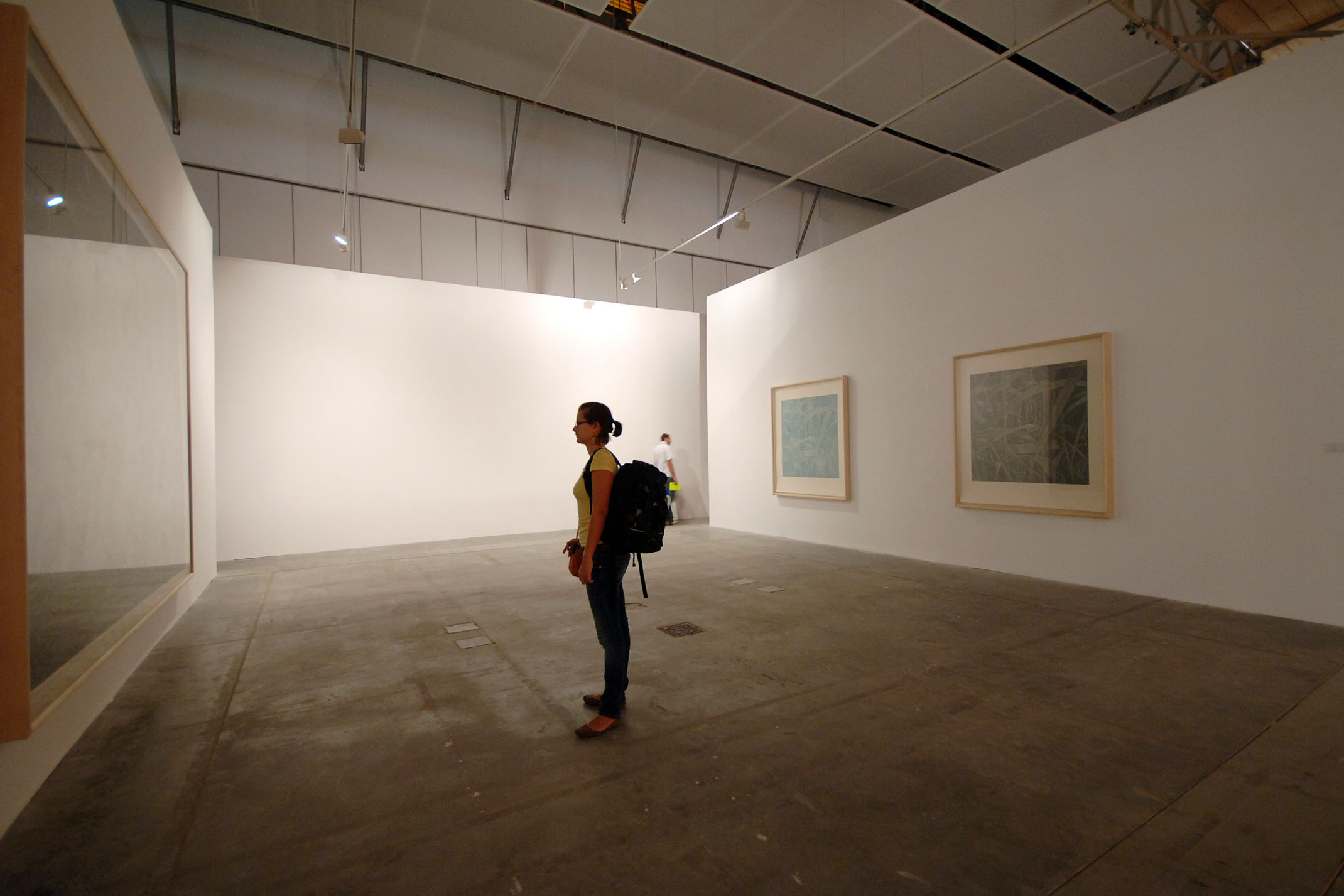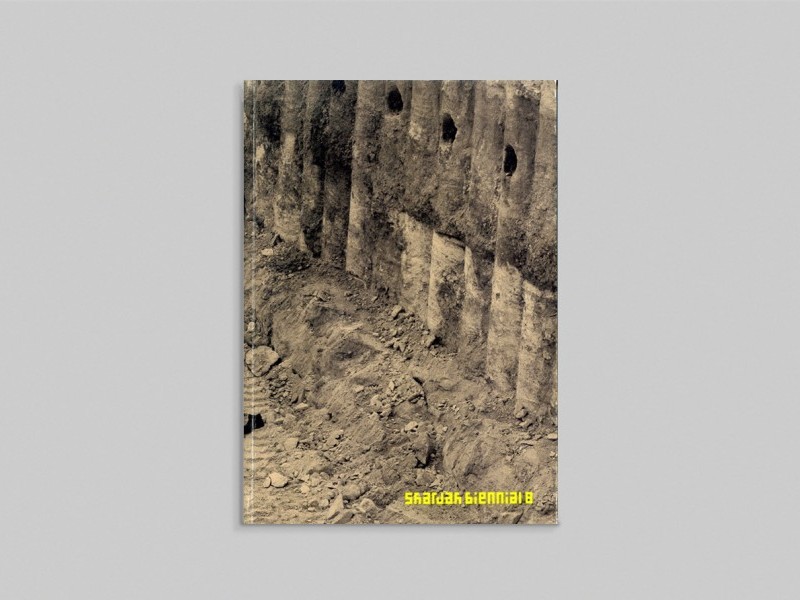
Grosser Waldweg (The Big Forest Path), 2005/2006
Franz Gertsch
Grosser Waldweg (The Big Forest Path), 2005/2006
Hand print on Kumohadamashi Japanese paper
Courtesy of the artist
search


Franz Gertsch
Grosser Waldweg (The Big Forest Path), 2005/2006
Hand print on Kumohadamashi Japanese paper
Courtesy of the artist
In the 1970s, especially after “documenta 5” in 1972 curated by Harald Szeemann, large-sized hyperrealistic group-portrait paintings featuring Bohemian hippy scenes had brought an international reputation to Franz Gertsch. Around 1985, he started to achieve a completely new and different body of work: the monumental woodcuts. For about seven years, Gertsch then concentrated exclusively on this medium. Since 1993, when he resumed painting on canvas, woodcuts and paintings have had the same importance in his work. Gertsch’s woodcuts in their monumental size are not only equal to his paintings; although hand-printed in editions, they are produced as unique works of art: each print is made in a different colour.
Gertsch started to work with the woodcut technique at a point when the visual appearance of the world seemed to him no longer sufficient as pictorial language and as the subject of his art. The wish to go beyond visual reality led him towards an artistic concept that establishes a balance between the visual surface and the inner, spiritual nature of reality. The monochrome woodcut is the visual equivalent of this intention: the realism of the motif and the effect of the abstract monochrome colour field, completely independent of all descriptive ties to reality, are kept in a subtle balance.
The opposite effects of viewing from close up and from a distance support this concept. From afar, the viewer can detect the motif easily and clearly; coming closer, the figurative reality is being dissolved in myriads of abstract light dots, like a starry sky. This corresponds with the effects of depth and flat surface. The motive of the path creates an illusion of spatial depth, while the dots are pulling the view back to the surface, which is the reality of the paper and not of the forest. The huge size of the print gives the viewer the impression of being able to walk along this path into the forest. At the same time, the motif can be read in a highly metaphorical way, as a path of life.
With a stunning technique, Gertsch plays with the issues of positive and negative, defining objects sometimes by a concentration of dots, sometimes by a lack of dots. Material reality thus appears completely dematerialised. But beyond this, the real subject of this work is not the visual reality of a forest path, but the experience of nature. The enormous investment of time that is necessary to create such a work is embodied in it, giving an impression of what nature is: in essence, a manifestation of time.
This project was part of Sharjah Biennial 8.

This catalogue accompanied Sharjah Biennial 8, which attempted to renegotiate the relationship between art and ecology into a system of cohabitation.

The second book in the Still Life: Art, Ecology and the Politics of Change series, documents Sharjah Biennial 8 as it was on view.